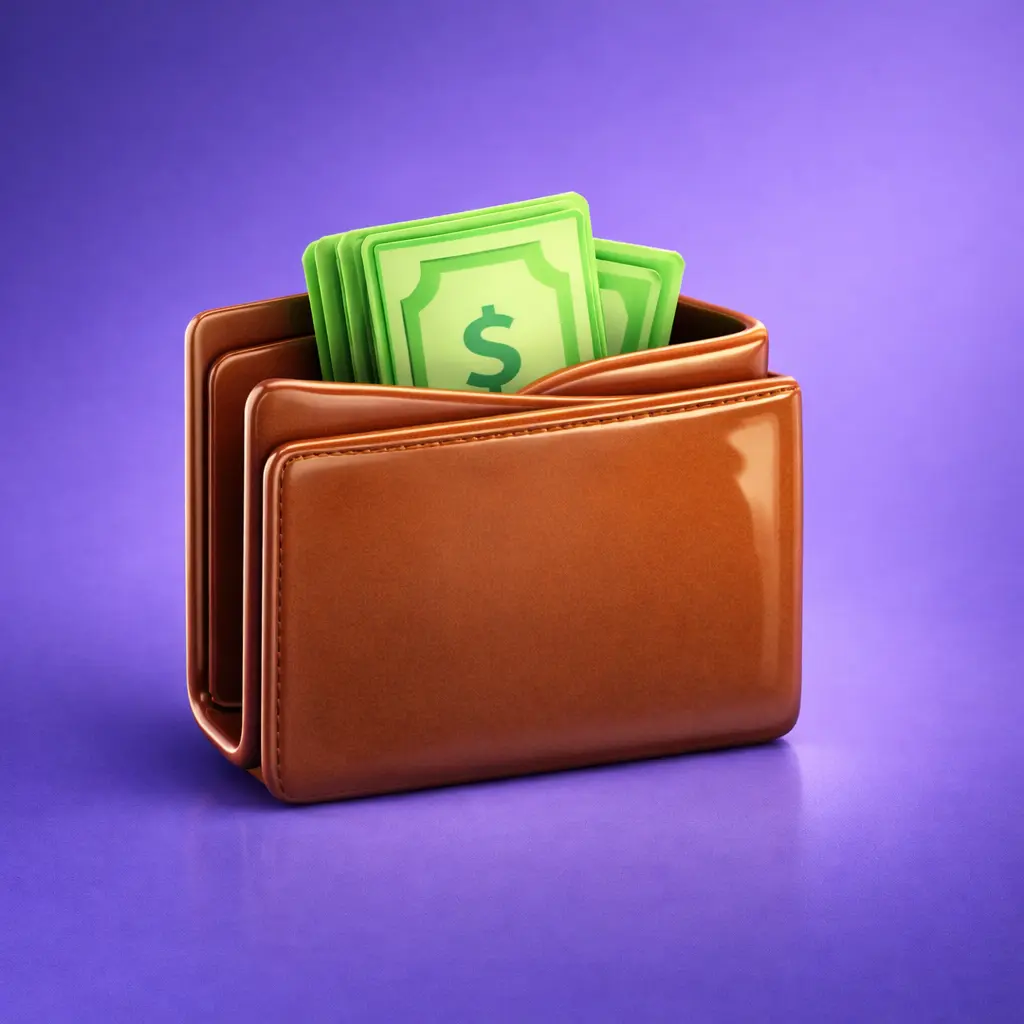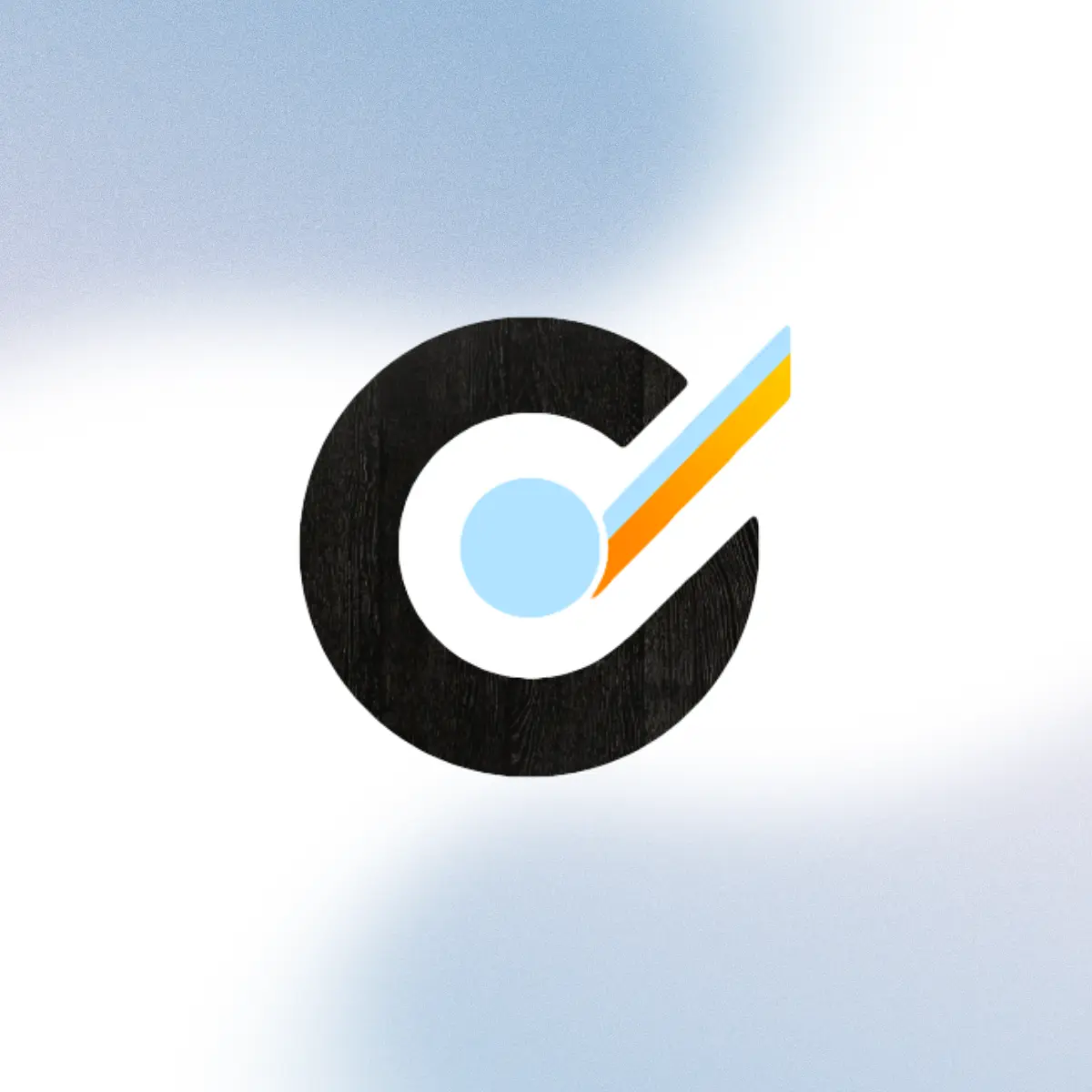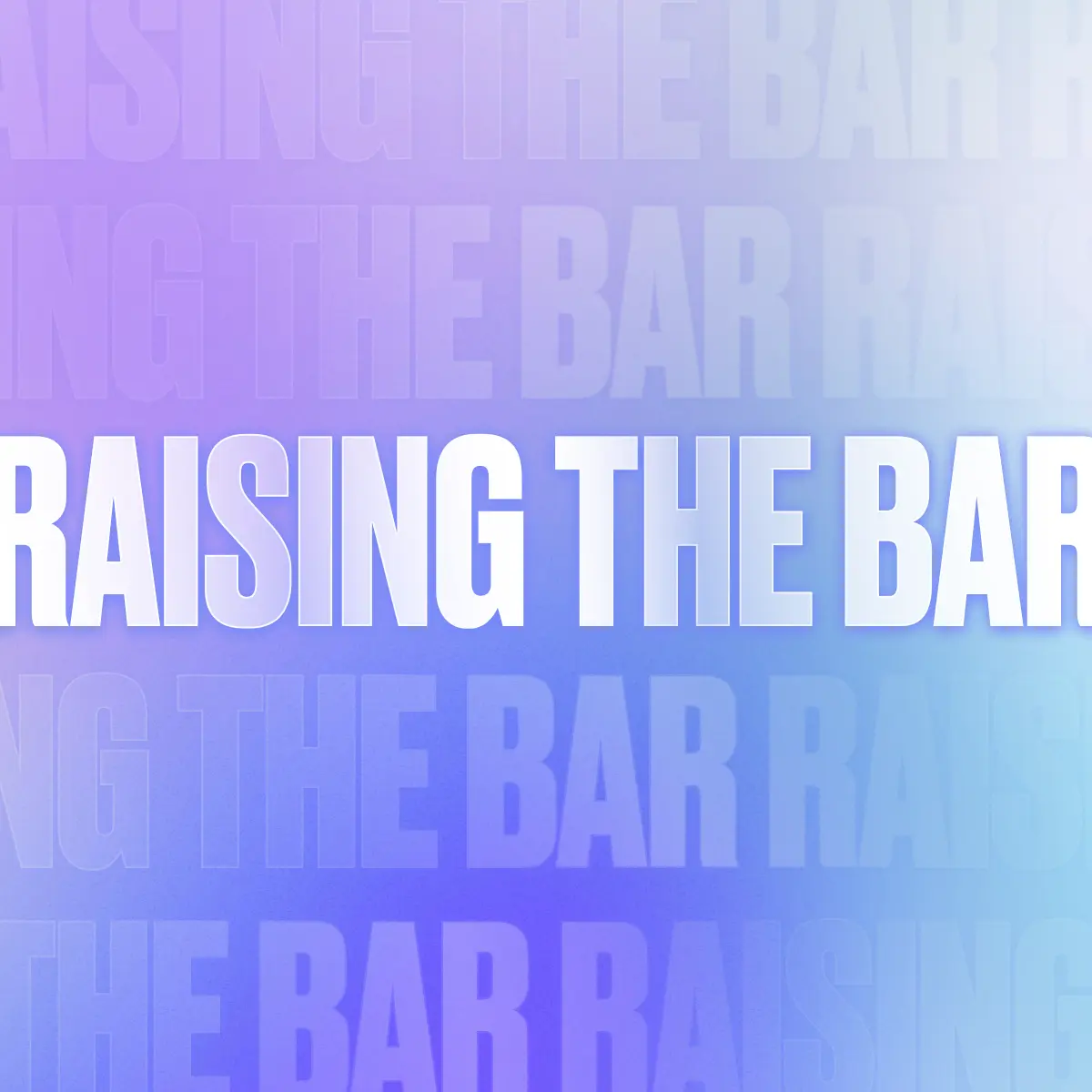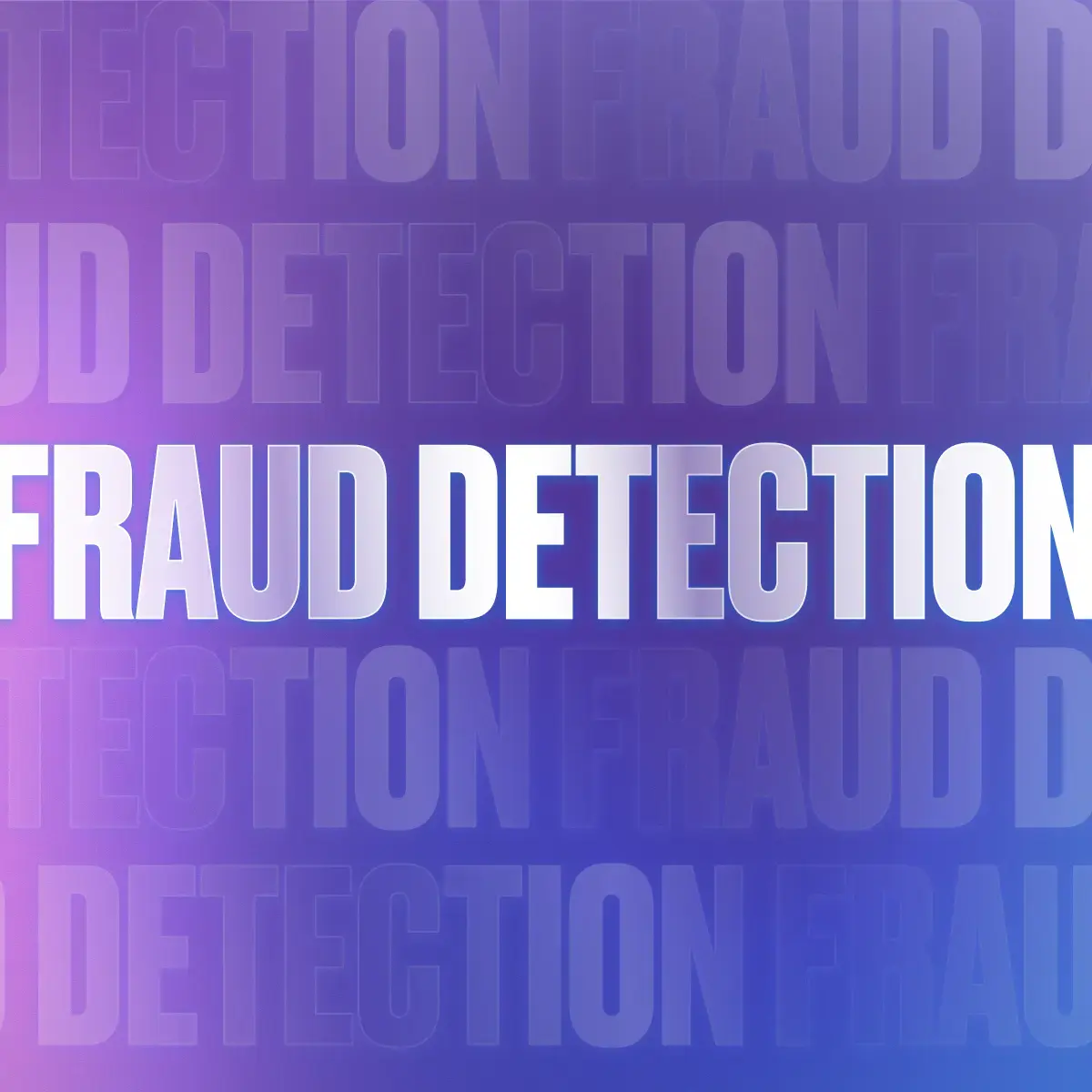Looking to wrap your head around synchronization royalties? Look no further! This guide will serve as an entry point to sync royalties—what they are, how they’re calculated, how they’re reported, and best practices for music royalty management.
Have you ever heard a song play during a TV show or movie and wondered how the musicians and songwriters will get paid for that? What is that payment/fee for use called?
That payment will come in the form of synchronization royalties—payments made when music is paired or “synced” with visual media.
Like mechanical royalties and performance royalties, synchronization royalties are an important part of artists’ and rightsholders’ income—as much as 17 percent of all music publishing revenues now come from sync licensing. And they’re on the rise, with the Recording Industry Association of America’s 2022 Year-End Revenue Statistics reporting a 24.8% increase in sync royalties from 2021.
For finance professionals in the music industry, understanding how sync royalties are calculated and reported is vital in ensuring that creators get paid their fair due.
That doesn’t mean they’re easy to understand, though. In today’s age, music synchronization is more complex than ever before. While platforms like YouTube and TikTok have created new revenue streams for rights holders, they’ve also generated more potential licensing headaches.
This introductory guide aims to shed light on this evolving corner of the music business. Read on to learn what synchronization royalties are, how they are calculated and paid, and strategies for music royalty management in the digital era.
What we cover
- What are synchronization royalties?
- The scope of synchronization in diverse media
- Managing the disbursement of synchronization royalties
- Calculating synchronization royalties
- Synchronization royalties in the streaming and social media era
- Tax reporting for synchronization royalties
- Best practices for sync royalty management
- Ease the complexity of sync royalty payouts
What are synchronization royalties?
“Synchronization” refers to pairing a musical work with visual media content. This pairing happens any time a recorded song gets used in conjunction with visuals such as:
- Films
- TV shows
- Commercials
- Video games
- Online videos
- Social media clips
- Live streams
- Presentations
“Synchronization royalties” refer to the licensing fees and ongoing royalty payments made to musical copyright owners any time their work gets used or synchronized against visuals.
These sync fees offer crucial revenue streams for artists and rightsholders, and can also provide helpful exposure in getting music in front of new audiences.
Perhaps the most notable example in recent years is season four of “Stranger Things”, which featured Kate Bush’s “Running Up That Hill (A Deal With God)”—introducing a new generation to the 1985 masterpiece and pushing it to No. 1 on the Billboard Global 200. Bush reportedly earned more than $2.3 million in royalties from this usage.
Who controls the synchronization rights?
Under copyright law, if you write, compose, or record a song, you own interests in the underlying creative works. Songwriters and composers control rights related to the musical composition itself. Recording artists and producers maintain separate copyrights tied to the specific recording of that composition.
Owning these copyrights grants you authority to permit or deny usage licenses like synchronization for visual media.
Songwriters often partner with music publishing companies to administer licenses allowing third parties to use their music commercially. But as authors of creative works protected under copyright law, songwriters ultimately retain authority over granting sync or other content usage permissions.
What about sync licenses?
The people or companies producing visual content don’t automatically have the rights to use songs in any content as they see fit. To legally sync music, they need to obtain licenses that grant that specific permission.
Sync licenses provide permission to use songs in specified visual media projects.
The licensing fees and royalty rates paid to songwriters are negotiated on a case-by-case basis. Rates vary based on factors like prominence, length of use, distribution scale, and more, as detailed later.
The scope of synchronization in diverse media
Synchronization enables compelling music licensing opportunities spanning traditional mediums. From film and TV to social media platforms like TikTok, synchronization is reshaping music discovery.
Let’s explore major examples of how sync licenses enable music usage across media formats.
Music in film, TV, and ads
As we’ve already discussed, getting a song featured in a movie, TV show, or commercial can be highly lucrative for artists and songwriters and offer great exposure.
Here are some more examples of successful sync pairings:
- Jet’s “Are You Gonna Be My Girl” in this Apple iPod commercial
- The Rembrandts’ “I’ll Be There For You” as the TV show “Friends” theme song
- The classic “I’m Lovin’ It” McDonald’s commercial jingle
These demonstrate the tremendous cultural impact possible via music and visual pairing.
Movies in particular rely on stirring soundtracks to create emotional connections with the audience. And as streaming shakes up entertainment distribution models, series creators experiment with more varied musical cues.
Songs now often cycle episode-to-episode rather than sticking to signature opening theme tracks. More opportunities arise for diverse music licensing and royalties.
Opportunities in streaming entertainment
Today’s creators have more distribution channels than ever to showcase videos paired with music. Streaming platforms like Netflix, Hulu, and Amazon Prime Video have changed viewing habits for consumers globally.
The advent of buzzy streaming exclusives and new format successes like short episodic series means more music sync opportunities with more shows and movies.
Streaming series especially lean on lesser-known music selections to help break out new artists. Platform algorithms excel at driving the discovery of long-tail niches, including rising musicians.
YouTube & music videos: A new era for visual media
Today, over 500 hours of new video content are uploaded to YouTube every minute. Many feature music that requires sync licensing.
And as streaming emerges as the medium of choice for young music listeners, YouTube, social media, and viral videos represent the new radio. Having a track placed in a viral YouTube or TikTok video can make an artist explode almost overnight.
Tracks like Lil Nas X’s country/rap hit “Old Town Road” demonstrate such lightning ascent. The unknown artist landed multiple high-profile syncs, like a Super Bowl commercial in 2020 alongside actor Sam Elliott. All this attention propelled the single to shatter chart records with 19 weeks at #1 on Billboard’s Hot 100.
Music sync in gaming
Video game publishers also secure synchronization licenses from music copyright owners. Iconic tunes in games include:
- Maroon 5’s “Moves Like Jagger” in Grand Theft Auto V
- Hikaru Utada & Skrillex’s “Face My Fears” made for Kingdom Hearts III
- The Rolling Stones’ “Paint It, Black” in Guitar Hero III
This both enhances gaming experiences and creates new revenue avenues for artists. The last example is especially interesting.
Many gaming titles specifically revolve around music, like Rock Band and Guitar Hero. These games license the rights to master recordings and musical works to allow users to essentially perform songs by syncing button actions to notes. Licenses ranged from about $10,000 for the rights to make a cover to $25,000 for the master recordings.
Music also gets synced in streams of eSports gaming tournaments. Relatedly, billions of gaming session recordings get shared on YouTube and Twitch every year. Like all streaming videos, they require sync licenses, too, for any background game music.
Managing the disbursement of synchronization royalties
Licensing music sync rights and collecting associated royalties involves many stakeholders across the music value chain. Let’s explore who oversees these complex workflows enabling this vast musical distribution.
Music publishers oversee sync licenses
Music publishers usually coordinate synchronization licensing opportunities on behalf of the songwriters/composers they represent.
They negotiate license fees depending on factors like:
- Type/scale of media project
- Length of clip used
- The prominence of music in the scene
Publishers also continually monitor potential uses and issue takedown notices or collect fees as warranted.
Collection societies streamline global licensing
Music collection societies, like ASCAP and The Harry Fox Agency in the US, also assist with oversight, depending on the channel. Most publishers globally are members of national collection groups. They provide one-stop options for media creatives seeking sync licenses across expansive libraries.
Collection organizations are so entrenched that any commercial business playing music in retail spaces, for example, secures blanket public performance licenses from groups like ASCAP or BMI.
Similarly, for synchronization in media productions, producers can obtain umbrella sync permissions from collection groups to access millions of songs. Individual publishers may still restrict high-value compositions from bundles. Likewise, they may lower barriers for long-tail niche acts, granting easy sync access.
Licensing agencies provide added support
Specialized licensing companies like music supervision firms also facilitate licenses for visual productions. They act as liaisons, getting clearance to “sync” songs into relevant film/TV/ad/gaming projects in customized ways.
Supervisors pitch-fitt music based on the project needs to enhance the appeal. They simplify permissions so productions can legally feature the tracks and include:
Music supervisors: specialize in pitching fitting music selections for ads, movies, and shows based on scene needs to enhance appeal and clearance processes.
Music distributors: large independents like CD Baby, Tunecore, and Distrokid assist musicians in managing releases across streaming platforms and licensing opportunities like sync potentials.
Production music libraries: provide pre-cleared music bundles, simplifying licensing hurdles for productions on tight deadlines.
Calculating synchronization royalties
Calculating appropriate synchronization royalty rates can be quite complex. Many variables determine the exact fees that will be paid to rightsholders.
Media format influences potential earnings
As a general rule of thumb, the more prominence, reach, and impact of the visual media format, the higher the licensing fees. Think about the difference between a major movie and an indie film. Or a national TV spot versus a regional ad. The more prominent the placement, the higher the fees.
Of course, predicting the ultimate viewership and engagement any new visual media project will drive is an imperfect science. Music supervisors must make their best guess at how many people might see the film in the theater or if the ad has the potential to go viral.
Length of music clip usage
Royalty calculations also consider the duration of song usage. For example, 30 seconds in a commercial vs. full-length usage throughout a TV episode or film. Generally, the longer the clip featured, the higher the sync royalty. Short samples or background instrumentals generally cost far less. But a major musical moment threaded through pivotal scenes that “makes the movie” commands higher fees.
Types of rights needed
Layered music copyrights like sound recording vs song composition also influence pricing calculations. Master use (permission to use released recordings) vs synchronization of musical compositions (to record/distribute an adaptation of the song) have differing costs.
Rights holders for both the sound recording and publishing/songwriting may also receive separate sync payments.
Unique negotiation for each usage
Every synchronization agreement includes custom negotiation points. Rights holders consider tradeoffs between upfront sync fees vs backend royalty percentages, specific usage rights granted, sizes of distribution/exposure, and more.
Let’s walk through a couple sample rate scenarios:
Synchronization case example 1
- An iconic classic rock band licenses a 1975 hit to Wendy’s for a commercial
- The song plays for 15 seconds in total
- In a national TV ad campaign with an estimated 20 million viewers
- Wendy’s pays a lump sum sync fee of $300,000
- The deal does not include royalty share or backend benefits
- The rights are limited to the initial TV commercial usage only
Here, the classic act opts for a large guaranteed check upfront. The master recording rights come at a premium rate thanks to the band’s prestige plus the national scale of the ad campaign.
However, they pass on any potential streaming exposure or royalty share upside in exchange for the major payday. The quick upfront cash helps justify the lack of backend participation.
Synchronization case example 2
- Indie pop band licenses their new single to an Amazon Prime Video teen drama series
- The song plays for 60 seconds total over two episodes, during a musical montage and a closing scene
- Amazon pays an upfront sync fee of $2,000
- The band retains 30% streaming royalties on the series’ soundtrack
- Expected viewership is around 3 million globally based on data from prior seasons
This licensing arrangement balances moderate upfront fees with a rev-share deal involving significant viewership that could earn far more in backend royalties. It offers a rare level of exposure for a rising band.
The deal may also permit Amazon to distribute 15-second song clips on social media to market the series. This speeds viral interest in the band beyond just the show’s existing fanbase.
These hypothetical examples show just a couple of the ways that sync deals may be negotiated, and demonstrate a few of the many factors at play in calculating sync royalties.
Synchronization royalties in the streaming and social media era
As we’ve seen, tracks that go viral on apps like TikTok can lead to major success for the rights holders of those songs, including massively boosting streaming numbers and creating tons of exposure, sometimes for previously unknown artists.
That doesn’t mean, however, that we have a perfect system in place for obtaining sync licenses for social media videos. Tons of clips go viral online daily that use copyrighted music without proper licenses.
There is little accountability for copyright-infringing social media users, and the music industry as a whole has so far failed to provide a practical means to license derivative works online.
YouTube & user-uploaded content
YouTube has billions of monthly users who watch over a billion hours of video daily. Much of that video content contains copyrighted music uploaded without proper licensing.
YouTube’s micro-sync systems automatically identify songs and serve some ad revenue to rights holders when possible.
Publishers issue takedown notices against infringing videos. But often, unauthorized uploads spread too quickly to control sync usage. As with social media platforms, many groups advocate for better protections for rights holders from copyright-infringing user-generated content.
Gaming music recognition still evolving
Likewise, in gaming, 4.5+ billion hours of content are live-streamed every month across services like Twitch, Mixer, and YouTube Gaming. Much of it features popular soundtrack tunes—and Twitch, for example, is no stranger to music industry pushback against its lack of music licensing agreements.
Publishers aim to implement better music recognition and social media royalty payment protocols across gaming ecosystems. Yet, your average streamer remains likely unaware of sync licensing necessities if they casually sing or game along to favorite tunes.
Tax reporting for synchronization royalties
Anyone paying or earning sync royalty income must follow associated tax reporting for music royalties. These are two tax forms you’ll need to be aware of:
- Used for reporting royalties of $10 or more
- Sent to individuals or business entities like LLCs
- Used for reporting non-employee compensation of $600 or more
- Sent to contractors and freelancers
In plain terms, If a company distributes royalties to an individual songwriter or an incorporated rights administration business, this would get reported on a 1099-MISC form.
However, if the company distributes royalties to an unincorporated solo provider working as a subcontractor, this would get reported on a 1099-NEC instead.
Beyond submitting Forms 1099, additional considerations around royalty compliance exist:
- Properly tracking ownership shares across contributors
- Understanding tax nuances if writers funnel royalties into formal businesses
- Applying income withholding in certain non-US cases
For example, foreign songwriters face income tax withholding on royalty earnings depending on their country of residence and existing tax treaties. To avoid unnecessary withholding, the proper forms must be furnished:
- Form W-8 BEN for foreign claimant exemptions
- Form 1042-S for international income tax withholding
Given the financial implications of inaccurate music royalty tax reporting, music companies should consult legal and accounting advisors to ensure full compliance.
Best practices for sync royalty management
Today’s explosion in both sync opportunities and complexities means all industry stakeholders must step up their practices, including:
Leverage technology
Automation solutions allow recording artists and songwriters to be satisfied faster with error-free distributions in local currencies and languages. Finance teams save countless hours previously devoted to customer service inquiries, status monitoring, and fixing inevitable misrouted wires. More music business productivity redirects towards creativity.
Here are some features to look for in a payout automation platform for music businesses:
- Automating the collection of payment details and tax info directly from rights holders
- Allowing rights holders to view past payments and estimate future earnings
- Automating payouts on custom schedules
- Producing and distributing Forms 1099 and other tax documents tied directly to royalty payments
- Offering multiple integration options to connect with royalty accounting software
Centralize data
Maintaining clean, integrated systems makes it easier to map the connections across recordings, ownership percentages, songwriter details, and channels. Accurate attribution underpins proper mechanical royalty administration.
Maintain vigilant compliance
Financial penalties around inaccurate music royalty tax reporting or unpaid royalties can be severe, whether it be copyright infringement penalties, fines for underreporting to the IRS, or other legal issues. Ensuring diligent legal and accounting compliance across calculations, documentation, filing deadlines, and more remains imperative. Leave no room for errors, and prioritize transparency.
Making synchronization royalty management run smoothly takes investments in tools, people, and processes. But given the core role these royalties play in funding artists and songwriters, music businesses must get it right.
Ease the complexity of sync royalty payouts
Synchronization royalties pose no shortage of challenges, from tracking a song’s usage across user-generated online content to negotiating exact royalty agreements with artists and brands. But when it’s all said and done, getting those payouts to rights holders should be easy.
That’s where Trolley comes in. With payout automation purpose-built for modern music companies, Trolley delivers your royalty distributions worldwide so you stay focused on bigger goals. With Trolley’s end-to-end platform plus ERP sync, you can keep your data centralized and connected. Onboard your artists, verify their identities, pay globally, and stay tax compliant, all in one place.
Our real-time dashboard gives your artists the visibility and transparency they deserve, with your brand at the front and center. Plus, recipients can choose the payment methods that work best for them, so you can strengthen your relationships while making tax-compliant payouts to over 210 countries and territories.
Learn why companies like SoundCloud, Crucial Music, Soundrop, CD Baby, United Masters, and more trust Trolley to pay over 1.5 million musicians worldwide by getting in touch today.







